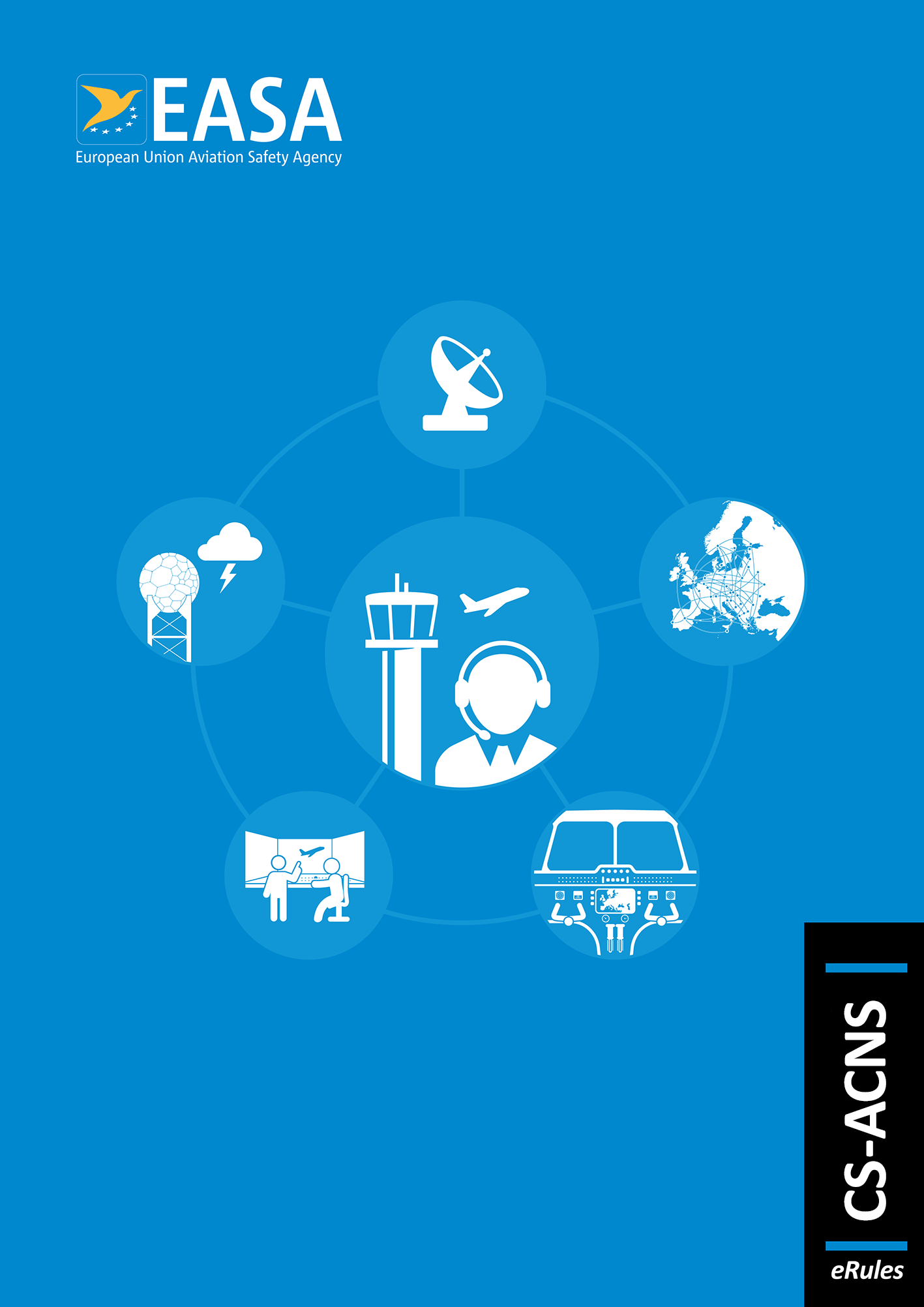CS ACNS.E.RVSM.001 Applicability
ED Decision 2013/031/R
(See AMC1 ACNS.E.RVSM.001)
This section provides airworthiness standard for aircraft to operate a 300 m (1000 ft) vertical separation within RVSM airspace.
AMC1 ACNS.E.RVSM.001 Applicability
ED Decision 2013/031/R
Previous airworthiness certification against JAA TGL6 is an acceptable means of compliance for the RVSM system.
CS ACNS.E.RVSM.005 RVSM system
ED Decision 2013/031/R
(See AMC1 ACNS.E.RVSM.005)
The RVSM system includes:
(a) two independent altitude measurement systems. Each system is composed of the following elements:
(1) Cross-coupled static source/system, with ice protection if located in areas subject to ice accretion;
(2) Equipment for measuring static pressure sensed by the static source, converting it to pressure altitude;
(3) Equipment for providing a digitally encoded signal corresponding to the displayed pressure altitude, for automatic altitude reporting purposes;
(4) Static source error correction (SSEC), as required to meet the performance criteria as specified in CS ACNS.E.RVSM.035; and
(5) Signals referenced to a pilot selected altitude for automatic control and alerting derived from one altitude measurement system.
(b) an altitude alerting system;
(c) an automatic altitude control system; and
(d) a secondary surveillance radar (SSR) transponder with altitude reporting system that can be connected to the altitude measurement system in use for altitude keeping.
AMC1 ACNS.E.RVSM.005 RVSM system
ED Decision 2013/031/R
(a) When Static Source Error Corrections (SSEC) are required they should be embedded within the altimetry system.
Note: The design aim for SSEC is to correct for the residual static source error, compatible with the RVSM performance requirements.
(b) For RVSM systems with SSEC, an equivalent SSEC should be applied to the altitude control signal.
